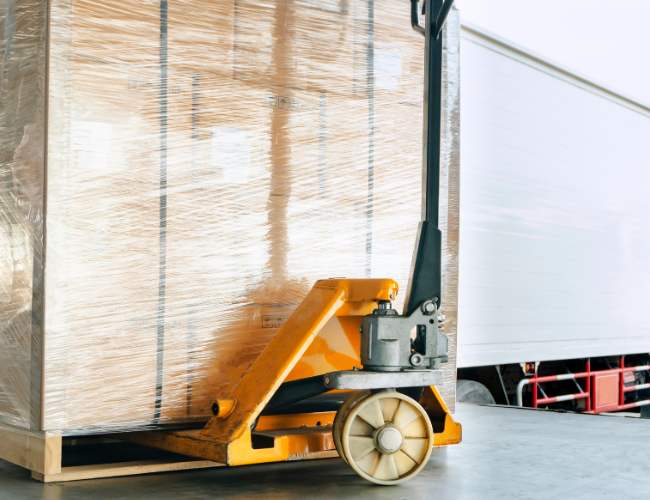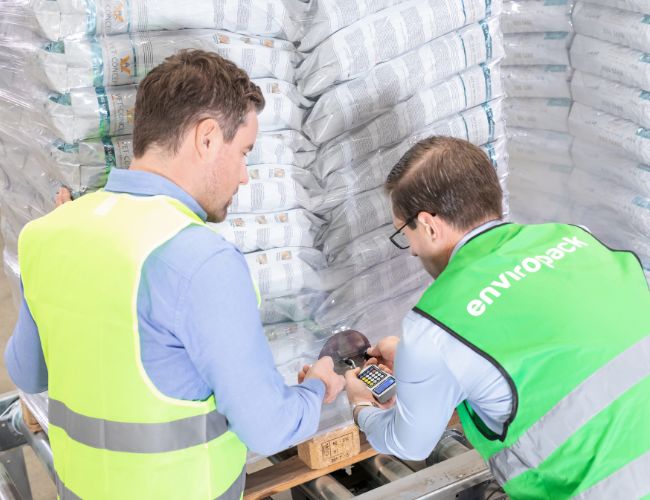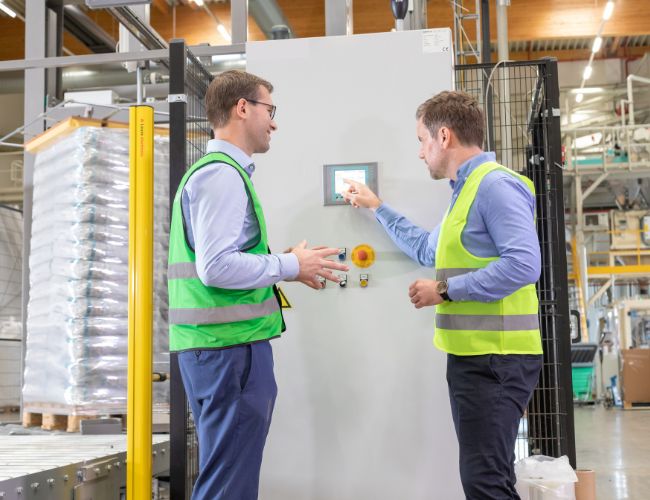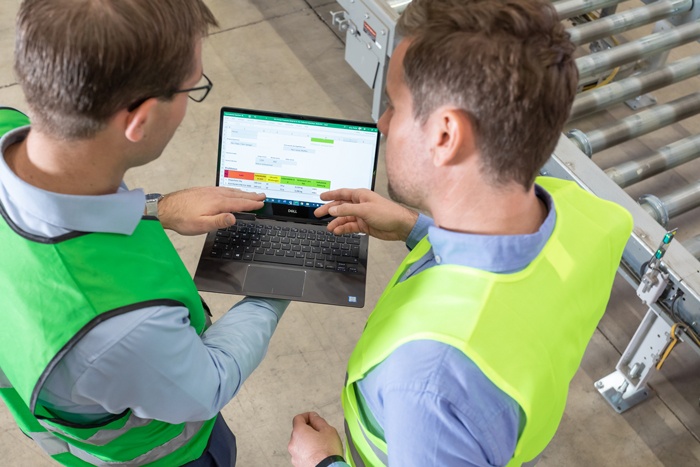Load unit protection

Homepage " Load unit protection
In particular, many do not know the difference between load securing and load unit securing and are not aware of its crucial importance.
It is time that clarity is created here, because otherwise optimum transport safety cannot be achieved.

What is a loading unit?
A loading unit is a physical transportation unit. In most cases, a loading unit consists of the load unit carrier, usually a pallet, the goods and finally the securing of the load unit. Load unit securing is essential to make the load unit stable and safe for transport. Anyone who ships inadequately secured loading units is well aware of the resulting problems: transport damage, complaints, disgruntled customers and logistics companies - all this makes load unit securing a core element of lean business procedures.What is the difference between load unit securing and load securing?
While load securing refers to the securing of load units on a means of transport, load unit securing is the securing of the load unit itself before it is loaded. Load unit protection ensures that the goods are secured on the pallet, while lLoad securing guarantees that the pallet stands firmly on the truck. Both must be in place for safe transport - even the best load securing cannot replace or compensate for a lack of load unit securing. If a pallet is standing very firmly on the truck, this does not prevent the goods on the pallet from moving during emergency braking and, in the worst case, being damaged.Load unit stability is therefore enormously important. And in recent years, legislators have also been paying increased attention to securing loading units in road traffic. For this reason, among others, in 2014 the EU Directive 2014/47 which deals with the technical roadside inspection of the traffic and operational safety of commercial vehicles. Annex 3 of this directive lists EUMOS standard 40509 as a benchmark for the stability and safety of loading units. This specifies limits for the deformation and displacement of a pallet during transport. Learn more about EUMOS 40509 here →

How can I improve my load unit security?
Optimum load unit securing not only includes the wrapping of the pallet. The type and properties of the goods, the primary packaging and the palltization also have a decisive influence on the stability of a load unit.
As a rule of thumb, 70% of the load unit protection results from the primary packaging and the pallet configuration.
If you pack your goods in inferior cartons or palletize them incorrectly, you will not be able to achieve good load unit security even with optimally applied high-performance film. This is precisely why our packaging optimizers always take a holistic approach to optimizing all aspects of a load unit - this is the only way to achieving optimum load unit security.
After the primary packaging, it is important to have a palletizing scheme that is as flush with the edges as possible, without significant protrusions or overhangs, as this makes optimum use of the space on a pallet and does not put additional strain on the wrapping. It is also advantageous if unit loads are palletized offset to provide additional stability. Interlayers such as anti-slip paper and edge protectors can in some cases make an important contribution to ensuring that a load unit is safe.
However, the wrapping of the load unit or pallet in particular is crucial for optimum load unit stability. Here, one can choose between different means.
Are shrink hoods suitable for optimal load unit securing?
Shrink hoods are widely used in the packaging world. They are slipped over a load unit to then be shrunk through application of heat (e.g. with a gas burner or shrink tunnel) so that they fit tightly against the goods. In principle, shrink hoods can be used to achieve good load unit security in some applications, but there are also some disadvantages. The most obvious risk factor is working with high temperatures - not every product is suitable for this. For example, it can happen that primary packaging made of film fuse with the shrink hood.Furthermore, handling open flames is a safety risk that should not be underestimated. In addition, shrink hoods have a fixed size and are therefore only suitable for pallets that are always consistent. But above all, shrink hoods are simply very material-intensive. With a thickness of up to 200µ, packaging can be stable, but not economical. If high-performance stretch film is used, a result at least as good can be achieved with only a fraction of the material input. Because true optimization means Achieve more - with less material.
Are stretch hoods suitable for optimal load unit securing?
Stretch hoods are a kind of combination of stretch films and shrink hoods. Here, too, a hood is put over the pallet, but without the application of heat. The hood is stretched by machine before it is put over the pallet, and thus tightens up once it is attached to the pallet. In some cases, good load unit stability can be achieved with stretch hoods, but the material use is very high due to stretch hoods being significantly thicker than stretch films.
So, as with shrink hoods, properly applied high-performance stretch film can achieve at least the same load unit security at afraction of the material input.
How do I improve my load unit security with stretch film?
It is not without reason that stretch film is known as the proven classic in load unit securing. However, a large proportion of stretch film users still do not achieve sufficient load unit stability.
This can have various reasons, but most often there is a lack of basic knowledge about how stretch film works and how it stretches.

However, the vast majority of users apply the film in this state. This means that there is still significant stretch potential in the film, and it can easily yield to pressure. If, on the other hand, the film is stretched out completely, it loses most of its retraction force and solidifies in the stretched state. Since it now no longer retracts nor has any significant stretching potential left, optimum load unit securing can be achieved. In addition, the film is very thin in this state, so consumption is minimized. High-performance films still exhibit enormous stability and puncture resistance even in the fully stretched-out state.
Conclusion
Load unit securing must be viewed separately from load securing - both are important and cannot replace each other. Sufficient load unit securing is required by law and EUMOS 40509 can be used as a standard. For optimal load unit securing, adequate and high-quality primary packaging is crucial, as well as an optimized packing scheme. In order to securely wrap the load unit with a minimum of material, high-performance stretch film has proven to be extremely strong and stable even when fully stretched. If you implement all these points, you can optimize your load units to achieve maximum stability with minimum material consumption. One of our packaging optimizers, who are represented throughout Germany, will be happy to support you in this, in order to achieve the best result for you with expert know-how and high-performance products.
SEARCH
LAST ARTICLES
- Setting the stretch wrapperfrom enviropack
- Ergonomic packagingby Toledo Brusius
- Load securing for freight forwardersby Toledo Brusius
CATEGORIES




